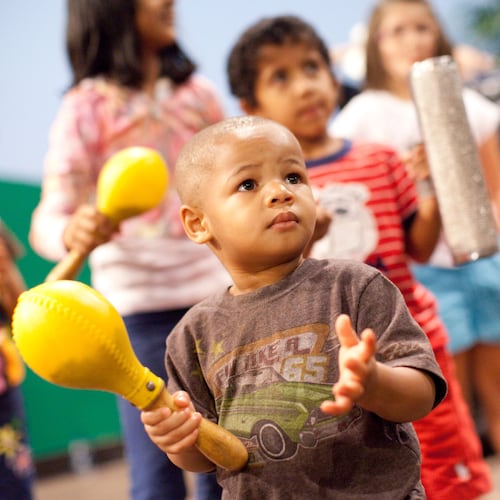MINNEAPOLIS - Dr. Jamie Peters counsels his patients on fitness for the aging, and Denis Nagan is the model patient.
Nagan, 69, has been active in sports or fitness since grade school. Peters is a sports medicine specialist caring for aging athletes and other older adults wanting to preserve or improve their fitness.
Peters advises older people to stay active, with at least three days a week of moderate activity, intensifying the effort if possible to the point of not being able to carry on a conversation. He advocates cross-training to spread the stress of exercise among different muscles. It’s particularly important to exercise the core muscles, he said, because a strong core will diminish the kind of awkward gait people adopt when compensating for joint pain. But when cross-training isn’t possible, Peters advocates walking - it’s better than not walking.
Nagan has found his own path, on the brink of qualifying as a septuagenarian, to most of what Peters prescribes. Fitness has been an integral part of his life since he joined a swim club as a kid. But in his late 60s, he found himself adapting his regimen to meet changing physical and mental health needs.
He has biked throughout his life - for transportation, for fitness and to compete, culminating in the 1,200-kilometer Paris-Brest-Paris ultramarathon bike tour. He was a runner for the same reasons, to the point of logging 50-kilometer training runs with former Olympians. But these days he’s more likely to move at a pace that fits his age and lifestyle, something that many older adults can emulate.
“I walk for utility and I walk for aimlessness,” the northeast Minneapolis resident said. A trip to pick up an item at Home Depot? That’s a two-and-a-half-mile walk. A walk downtown to the library, or to catch the Blue Line to the VA hospital, is 7 or 8 miles round trip.
“It’s been very beneficial both mentally and physically,” Nagan said. Walking lacks the cardio intensity of biking and running. Sometimes he’ll jog up a hill, just to push his heart rate and get some of the cardiovascular benefits Peters prescribes.
Unlike many walkers, Nagan eschews headphones. That leaves his mind free to operate on two tracks. “I’m very aware of what’s going on around me. I’m always aware of who’s around, what’s around, what’s going on. I’m always tuned into the immediacy of the moment.” That includes the temperature, the breeze, the surface he’s walking on. “It’s always different even if you’re going the same route.”
Meanwhile, his mind is working subconsciously. “All of a sudden I might have a solution to a problem . The subconscious part of your mind is back there grinding away.”
That mindfulness is a carry-over from Nagan’s meditation and yoga practices, something Peters also prescribes for building core strength and balance. Why is yoga better than, say, pushups and situps? Yoga can be modified by a capable instructor to avoid positions that might impose undue stress on the body.
Lifelong athletes inevitably will find themselves making adjustments, with performance beginning to diminish after 40 or 45 years old. Peters recommends age-group competitions as a healthy adjustment for people driven to maintain high levels of fitness. “I think the healthy attitude is you set expectations that you can achieve,” he said.
Nagan finds other benefits from a less punishing exercise regimen. “The biggest is you’re not beat up all the time.” When he ran hard, “You’re always sore - there’s always something that’s sort of semi-broken. It feels good to not have to be worried about how fast you’re doing something.”
Joint issues are a common concern for aging athletes. The older a person, the greater the chance for joint pain caused by degenerative arthritis (i.e., thinning cartilage lining in the joints). Peters still emphasizes the importance of exercise, even for patients suffering from stiff or aching joints. Peters points to solid evidence that movement prolongs joint life by keeping the synovial fluid healthier and the cartilage better nourished. One low-impact way to exercise with arthritis is riding a bike or a stationary bike with mild to moderate resistance for 35 to 40 minutes a day.
Like Nagan, Peters at 61 has a stake in preserving a high level of fitness for his age. “I want to keep being able to hike high up in the mountains,” he said from Colorado, where he’d just finished a daylong hike at altitude. He runs weekly, which is as much as his knees allow, but also bikes both on the road and on a stationary bike, works out on roller skis for dryland training, and skate-skis during the winter.
Some of Peters’ patients embody the benefits of workout regimens like his. “I have the honor of taking care of a lot of octogenarians who are healthy and doing well,” Peters said. “They have a lifelong habit of staying active.”
About the Author
Keep Reading
The Latest
Featured

